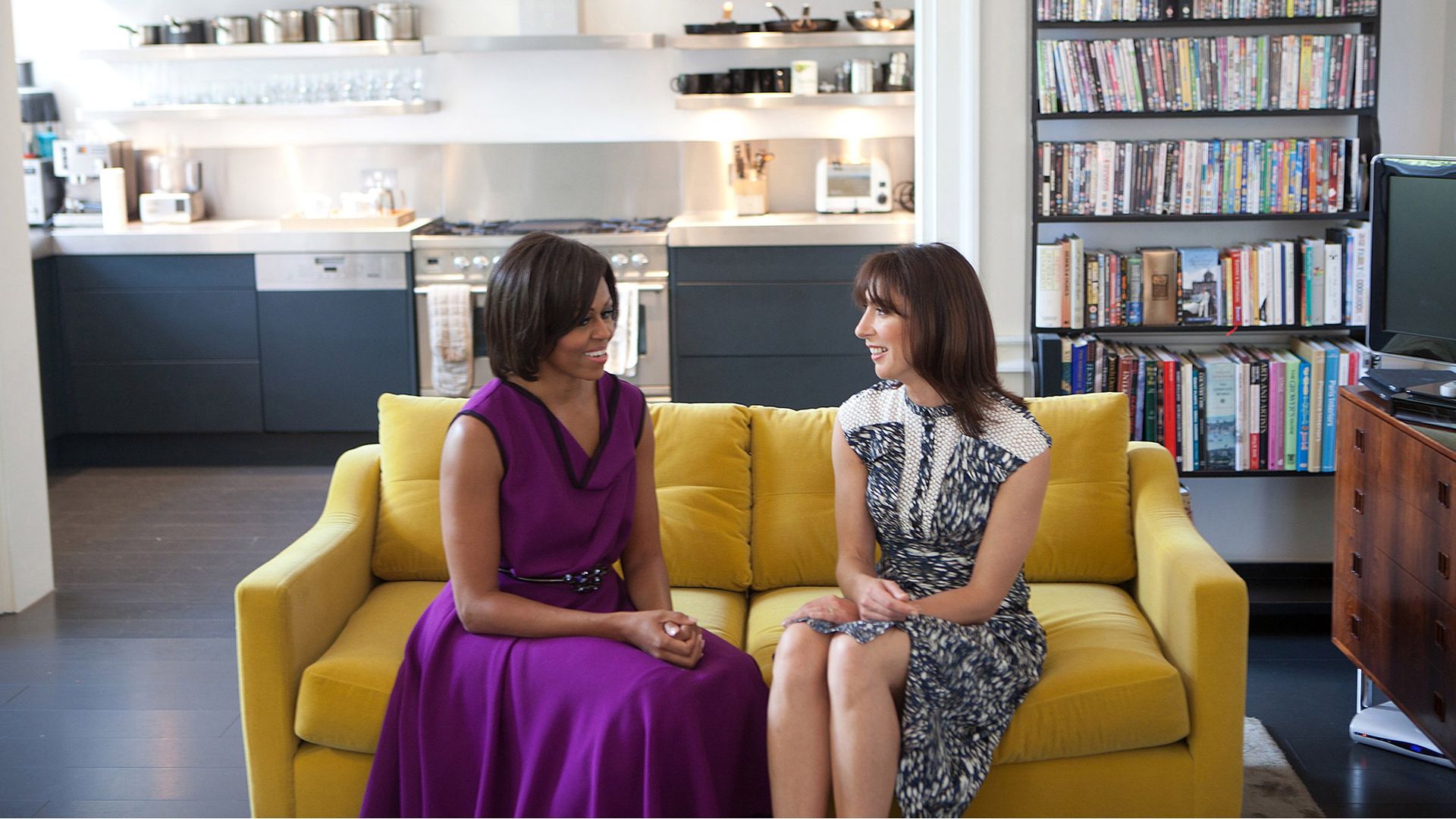
From the very beginning, makeovers of the PM’s place of abode have often been a source of antagonism, controversy… and expense.
ROBERT WALPOLE (1721-1742)
Offered 10 Downing Street by King George II, Walpole refused it as a personal gift and suggested it be the official residence for him and future First Lords of the Treasury. It was combined with two neighbouring houses, and the resulting property was completely refurbished by William Kent, who had already worked on Walpole’s Norfolk home, Houghton Hall. Previously the main entrance had been towards Horse Guards. Kent also introduced the property’s distinctive three-sided staircase.
LORD NORTH (1770-1782)
Several 18th century PMs declined to use the property, but Lord North was very fond of it and added several distinctive features: the hall’s black and white chequerboard floor, the lamp above the front door and the lion’s head door knocker. He entertained several people at the house, including Samuel Johnson and Thomas Hansard, founder of the parliamentary reporting system. One guest, Clive of India, was so popular that furniture was made for him, which is still used at the property. During one memorable dinner party, the anti-Catholic Gordon riots broke out and guests climbed onto the Downing Street roof to watch fires burning across the city.
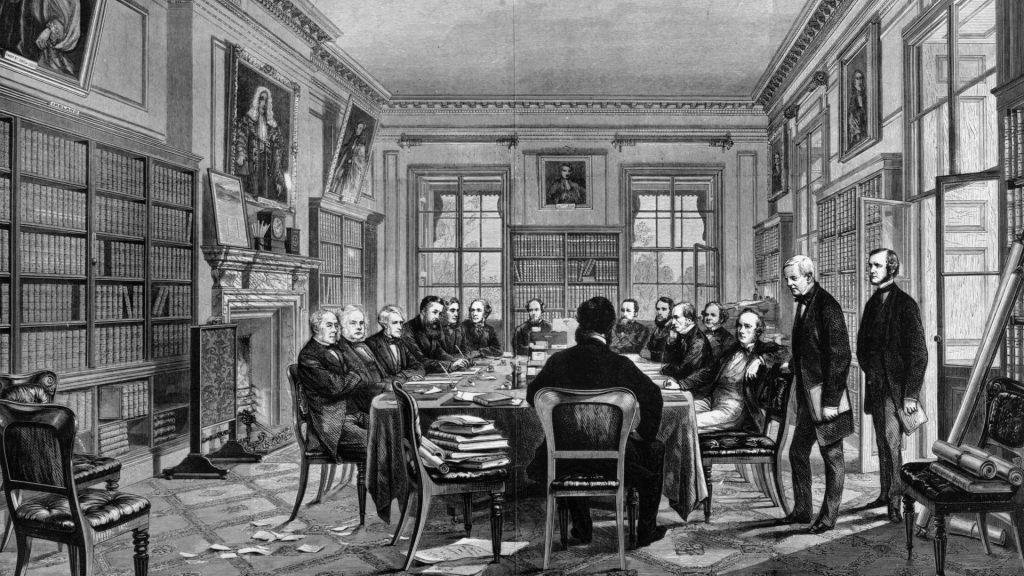
FREDERICK JOHN GODERICH (1827-1828)
His brief spell in office was largely unmemorable, but he did employ architect Sir John Soane, designer of the Bank of England, to renovate Downing Street. Soane created the wood-panelled State Dining Room and the Small Dining Room.
BENJAMIN DISRAELI (1868; 1874-1880)
For several years, the property suffered from a decline in the surrounding area, where brothels and gin parlours multiplied. An aide of Robert Peel was mistaken for the prime minister and murdered nearby. There were plans to demolish No.10 and surrounding buildings entirely, but Disraeli instead undertook improvements. He persuaded the state to pay for renovation to the entrance halls and public rooms, while he funded changes to his private rooms, including the installation of a bath with hot and cold water.
WILLIAM GLADSTONE (1868-1874; 1880-1885; 1886; 1892-1894)
Despite the work carried out by his predecessor and rival, when Gladstone returned to office in 1880 he insisted on redecorating, spending £1,555.5s.0d – an enormous sum for the time – on furniture. In 1884, he introduced electric lighting and the first telephones lines.
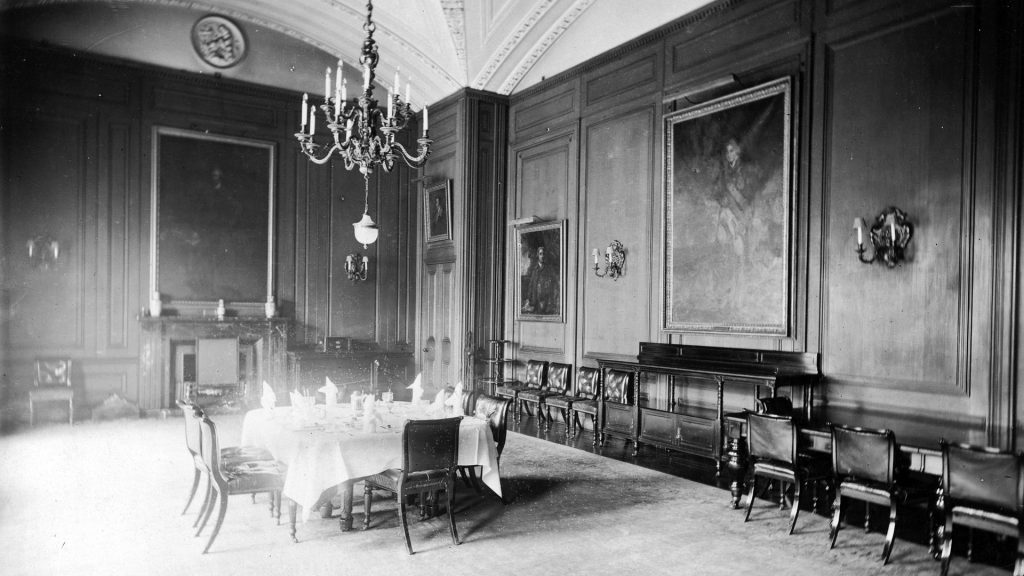
HAROLD MACMILLAN (1957-1963)
Years of neglect – and bomb damage – had caused serious problems with subsidence, sloping walls and twisting door frames. Again, demolition was suggested. In the end architect Raymond Erith oversaw a refurbishment, with No.10 completely gutted. New features were added, including a room facing onto Downing Street and a veranda at No.11. It was also discovered that the familiar exterior façade was not black at all, but yellow. The black was a product of two centuries of pollution.
MARGARET THATCHER (1979-1990)
Her chancellor Geoffrey Howe complained the 1960s-style kitchen in his No.11 flat was “positively antediluvian, with iron gas rings, antique sinks and sombre décor”. But Thatcher denied his request for a refurbishment, saying the public would not be impressed. Government papers, later made public, also show Thatcher kept a close eye on her own housing costs. She paid for her own ironing board and also the repapering of her study.
A large corner room overlooking Horse Guards Parade and St James’s Park was converted from a bedroom into the main sitting room, and she decorated it with two settees covered in a floral pattern of red and blue on a cream background. The cushions, curtains and window seats all matched. In a recessed wall cupboard she arranged part of her large collection of Derby and Staffordshire china.
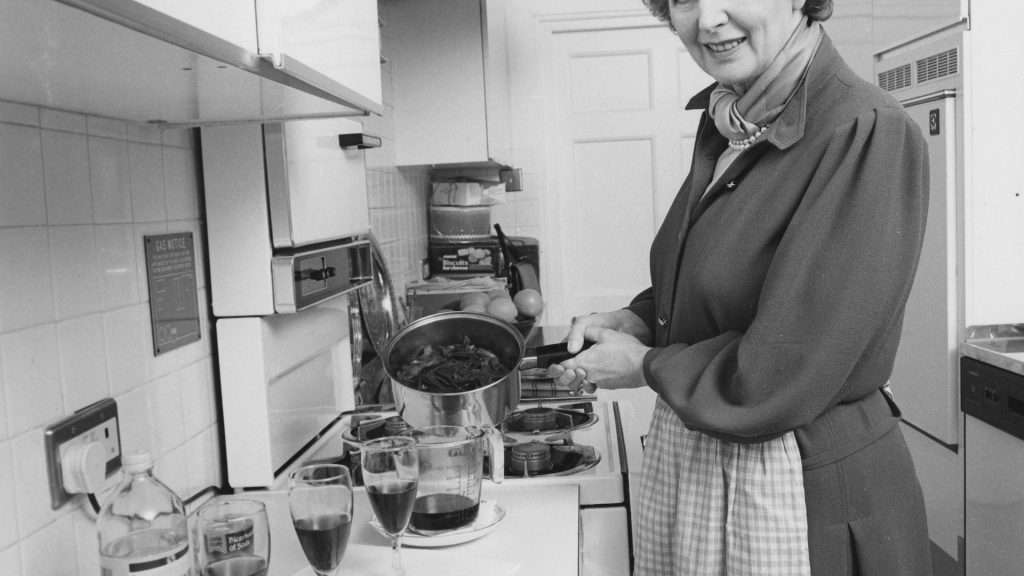
TONY BLAIR (1997-2007)
The Blairs, with their young family, started the recent trend among PMs of taking the four-bedroom No.11 flat, rather than the smaller one at No.10. When they moved in it was still kitted out with the same 1960s decor that had so offended Howe almost 20 years earlier. Cherie Blair was an unimpressed as he had been, later writing that her “heart sank at the sight of the kitchen”.
Her husband’s priority, however, was the bed. “I won’t sleep in Ken Clarke’s bed,” he said, of the Conservative chancellor, the most recent tenant. A new bed costing £3,500 was shipped in.
According to official records, the No.11 flat had £127,000 spent on refurbishments between 1999 and 2005. In came £70-a-roll wallpapers, new artwork and a set of custom-made glass-fronted bookcases for Mrs Blair’s office. Another feature is said to have been a mirrored exercise room.
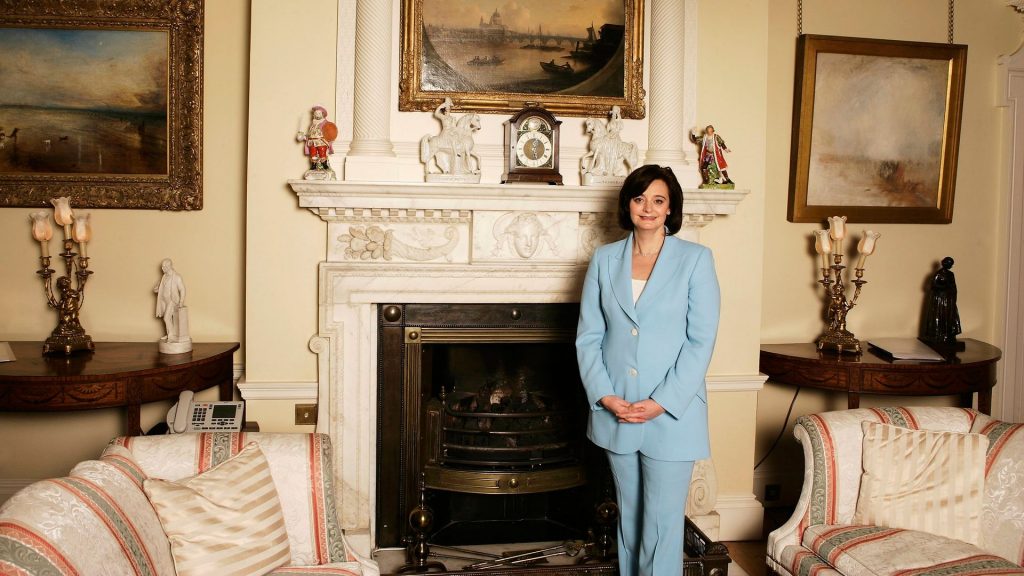
DAVID CAMERON (2010-2016)
There is no record of upgrades during Gordon Brown’s stint as PM, but when the Camerons moved in from Notting Hill they embarked on a £64,000 upgrade. The original 1960s-style kitchen was apparently left in its original state, but in the flat’s second kitchen, the couple went for an ultra-modern, minimalist design of brushed steel and floating shelves, with black granite worktops.
The centrepiece was a £3,400 Britannia range cooker. Their decor – glimpsed in many photographs released during their time at the property – also featured an Arco lamp, a design classic from 1962, with Ikea cabinets and plain shelves stacked with DVDs.
In the bathroom, everything apart from a towel rail was stripped out and a new floor and ceiling installed. Some of the costs were met from the flat’s annual £30,000 maintenance grant, and the rest by the Camerons.
BORIS JOHNSON (2019-)
The PM and partner Carrie Symonds were said to have been appalled by the “John Lewis furniture nightmare” they inherited from Downing Street’s previous occupant, Theresa May, so embarked on the controversial upgrade of the property. The work was carried out by interior designer Lulu Lytle, whose fabric prices start at £100 a metre and who is said to be particular fan of rattan. Details of the changes have leaked out in the briefing wars that have accompanied the makeover. Johnson is reported to have become alarmed at the cost, particularly over the choice of wallpaper, described as “gold wall coverings”.
Warning: Illegal string offset 'link_id' in /mnt/storage/stage/www/wp-includes/bookmark.php on line 357
Notice: Trying to get property 'link_id' of non-object in /mnt/storage/stage/www/wp-includes/bookmark.php on line 37






